
A mathematical model based on 4 publicly available data sets finds travel restrictions cut the rate of transmission in Wuhan, China. It also found that it likely takes several cases in a given location before the virus sparks an outbreak.

A mathematical model based on 4 publicly available data sets finds travel restrictions cut the rate of transmission in Wuhan, China. It also found that it likely takes several cases in a given location before the virus sparks an outbreak.

Care for critically ill coronavirus patients may include several types of treatment, but researchers don’t yet know what is the most effective.

A government’s response can only be effective if the individuals follow the guidelines that are implemented, says a new coronavirus commentary.

Health care workers dealing with the coronavirus pandemic face threats to their physical health as well as their mental health, experts say.

An analysis of confirmed coronavirus case reports said the median incubation period is 5 days.
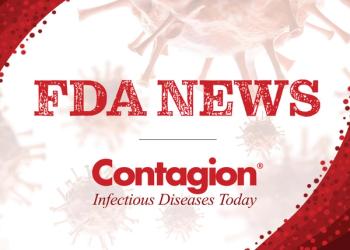
Here is a look at infectious disease-related US Food and Drug Administration (FDA) news from the week of March 8, 2020.

We’ve compiled a list of recalls issued by the US Food and Drug Administration (FDA) and US Department of Agriculture (USDA) from this past week:

President Donald Trump has declared a federal emergency over the COVID-19 outbreak.

Stay on top of coronavirus developments from March 13, 2020.

Stay up-to-date on the latest infectious disease news by checking out our top 5 articles of the week.
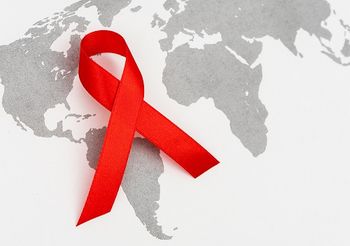
Higher HIV incidence is associated with higher viral burden, according to results from the PopART trial presented at CROI 2020.

The WHO recognized that constant coronavirus updates can cause stress, so they created some mental health tips for patients and their caregivers.
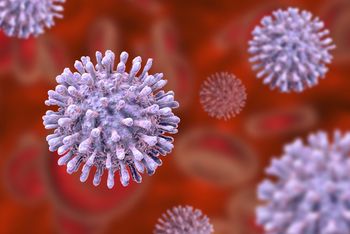
A poster on antiviral PEP safety and tolerability was presented at CROI 2020.
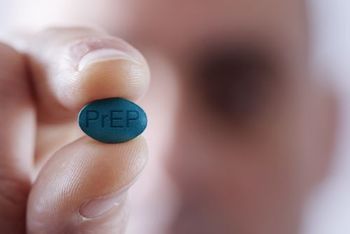
HIV pre-exposure prophylaxis appears to be making a difference, according to new research, which showed an association between increases in PrEP coverage and decreases in HIV diagnosis rates in the United States.
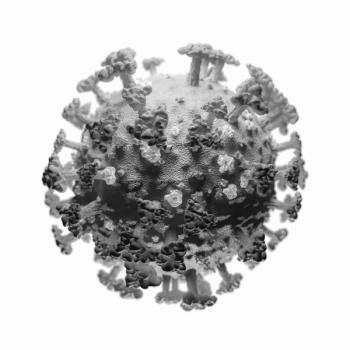
Medical masks are essential tools for health care workers responding to the COVID-19 outbreak, and officials are working to increase understanding and address concerns about shortages of equipment.

The FDA has granted Emergency Use Authorization for the cobas SARS-CoV-2 test.
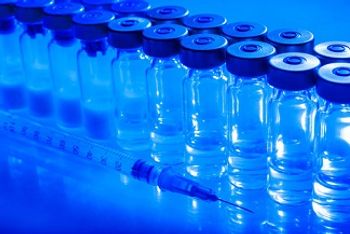
A new study demonstrates that the introduction of a universal immunization program had positive impact on the educational attainment of people in India’s school system.
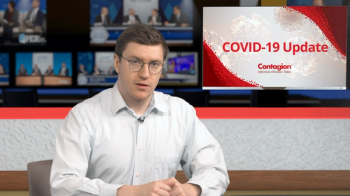
Stay on top of coronavirus developments from March 12, 2020.
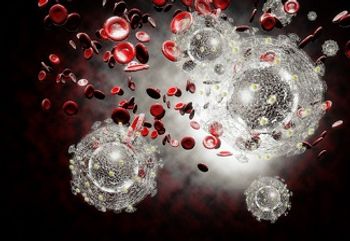
A new study results demonstrate that a cabotegravir/rilpivirine injectable, delivered monthly, is noninferior to standard daily oral antiretroviral therapy and is well tolerated by patients.

A new study examining the reasons for suboptimal PrEP use among MSM was presented at CROI 2020.
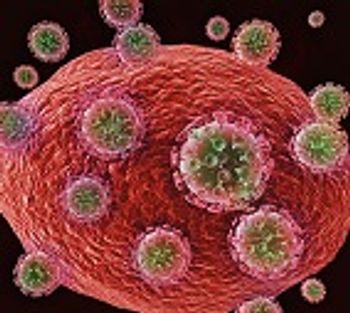
Data from clinical and preclinical studies on the use of the investigational HIV-1 capsid inhibitor GS-6207 were presented via 3 posters at CROI 2020.

What should we consider during these tough conversations?
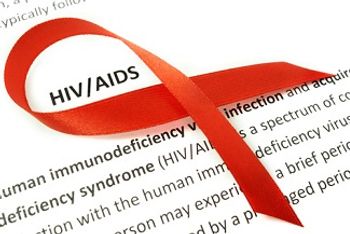
Unaddressed mental health challenges among youth living with HIV complicate antiretroviral therapy (ART) adherence, leading to high mortality and lower rates of viral suppression among this population.
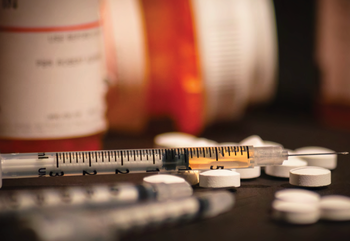
In an addiction treatment desert like Alabama, in-hospital injection drug use and patient-directed discharge can be common.

New York has had more than 100 cases of coronavirus. In anticipation of its spread, Gov. Andrew Cuomo has signed a bill that would boost funding, testing, and other prevention measures.
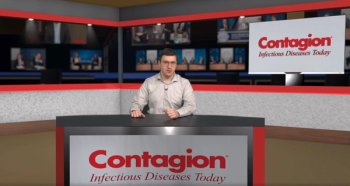
Stay on top of coronavirus developments from March 11, 2020.

Colleges and universities across New Jersey have taken a variety of measures to prepare for COVID-19.
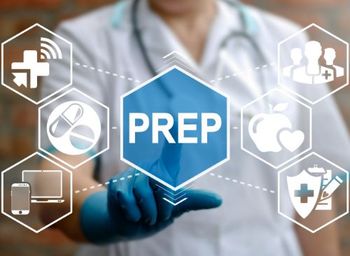
Contagion® spoke to Onyema Ogbuagu, MD, who presented the week 96 results from the DISCOVER study evaluating F/TAF and F/TDF.
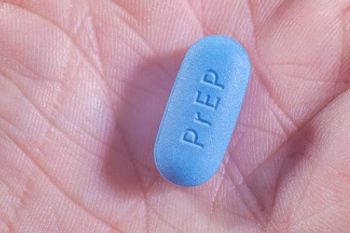
There was a statistically significant difference in renal safety which favored F/TAF over F/TDF at Week 96.
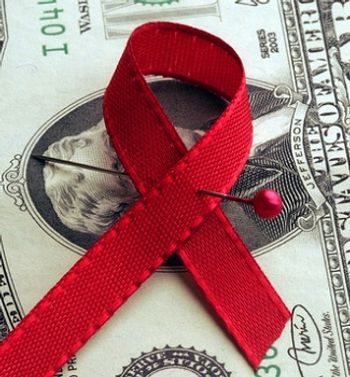
The rate of viral suppression among US youth aged 13 to 24 with HIV (YWH) hovers between 12 and 26%, representing an important clinical and public health challenge.